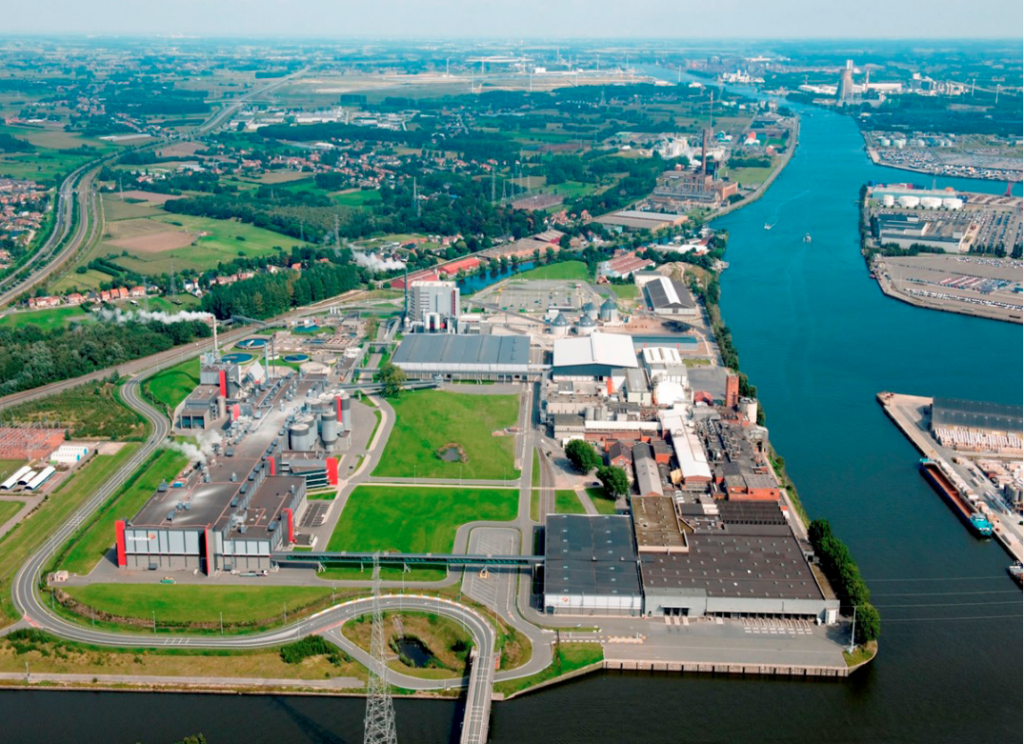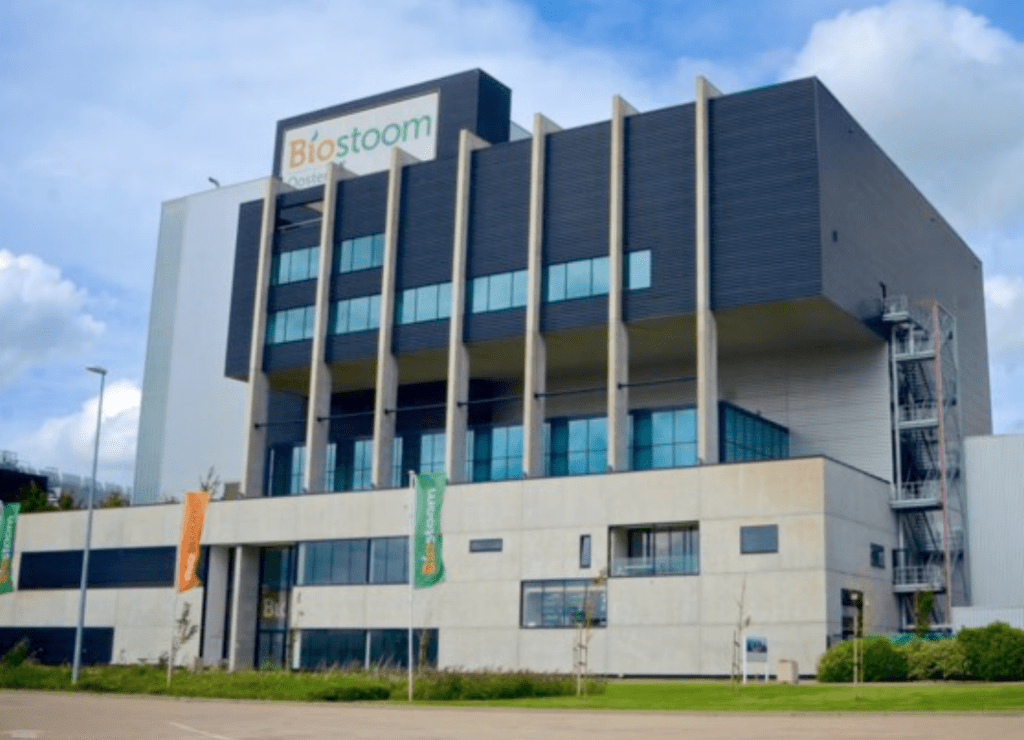Making insights actionable
Keep it local!
The exchange of resources at the scale of a port can be referred to as industrial symbiosis. This scale focuses on the physical proximity of port activities to exchange resources. This scale favours resources that are difficult to transport over long distances (such as heat and water). Industrial symbiosis is relevant to ports that involve production or harvesting activities and generally are medium to larger ports.
In the North Sea Port (Ghent) a company called ‘Enough’ produces protein products from the waste from the neighbouring Cargill factory. The advantages of working at this scale is that trust and partnerships can emerge from physical proximity.
The limits to industrial symbiosis
There are various challenges for the circular economy to operate at the scale of a port. Firstly, the port may be a limited scale to ensure there is sufficient diversity of businesses to address circular resource inputs and outputs. Secondly, interdependencies between businesses can make it challenging to decouple without wide impact. Finally, there may be a considerable amount of infrastructure that traverses private and public land that is required to support the symbiosis (think of pipes for a heat network).
In order for industrial symbiosis to remain sustainable, it is essential for businesses to make long-term commitments. Unless there is an evident match between supply and demand, the public sector may be needed to facilitate the process, to make long-term guarantees or make investment in infrastructure.



